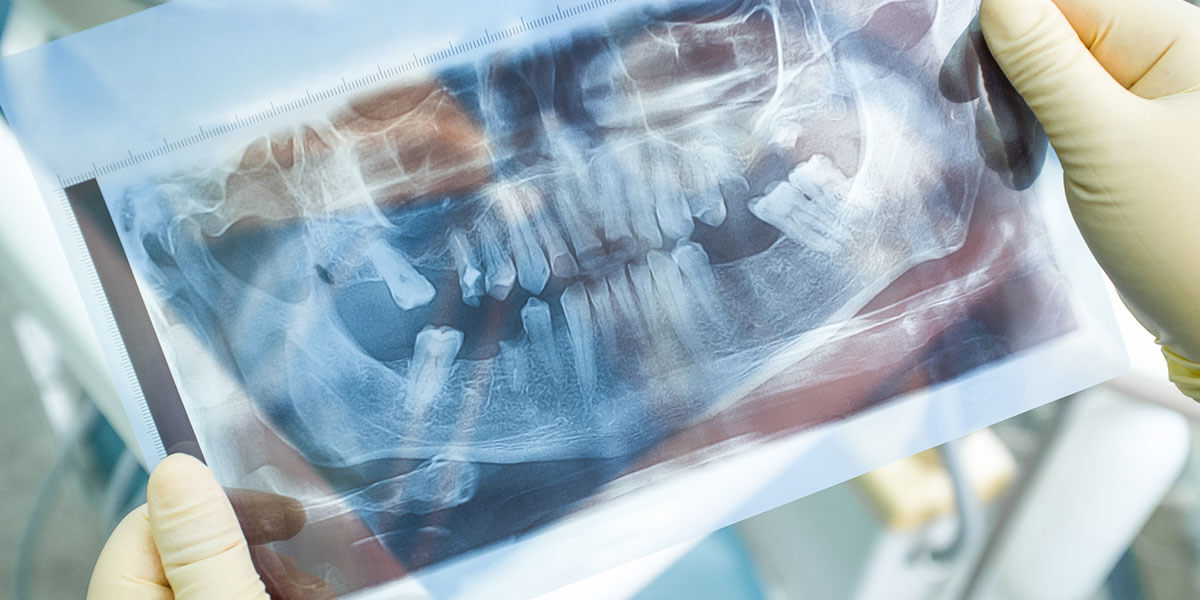Bone Grafting

Bone grafting is most often performed at the time of tooth extraction to prepare the site for future implant placement.
Bone grafting surgery is performed to correct problems that may be the result of:
- Defects present from birth
- Trauma
- Removal of a tumor
- Tooth loss and subsequent loss of bone in the related jaw area
Bone Grafting
The most common bone grafting procedure is performed to enhance the upper or lower jaw bone in order to increase bone quantity and density in preparation for the placement of dental implants.
When a tooth is lost, the surrounding bone is often affected over time. Patients without enough jaw bone mass may not initially be candidates for dental implants without bone grafting. Bone grafting is often performed to reverse bone loss or enhance existing bone, allowing for the placement of dental implants after the bone graft has healed and created the necessary foundation for the implants.
Bone grafting for the purpose of rebuilding jaw bone to support dental implants can usually be done in our office. The surgeon may recommend that the grafting material be taken from the patient's own bone or from another source. Synthetic material can also be used to generate bone growth. Bone grafting allows for proper support of dental implants or prostheses. Healing time prior to the placement of the implants is generally between 4 - 6 months, though it can sometimes take longer.
Ridge Preservation
Dental ridge preservation involves placing a regenerative bone grafting material into empty tooth sockets to rebuild bone where an extraction has left an empty, weakened area. This process encourages your body’s natural capacity to regenerate bone.
